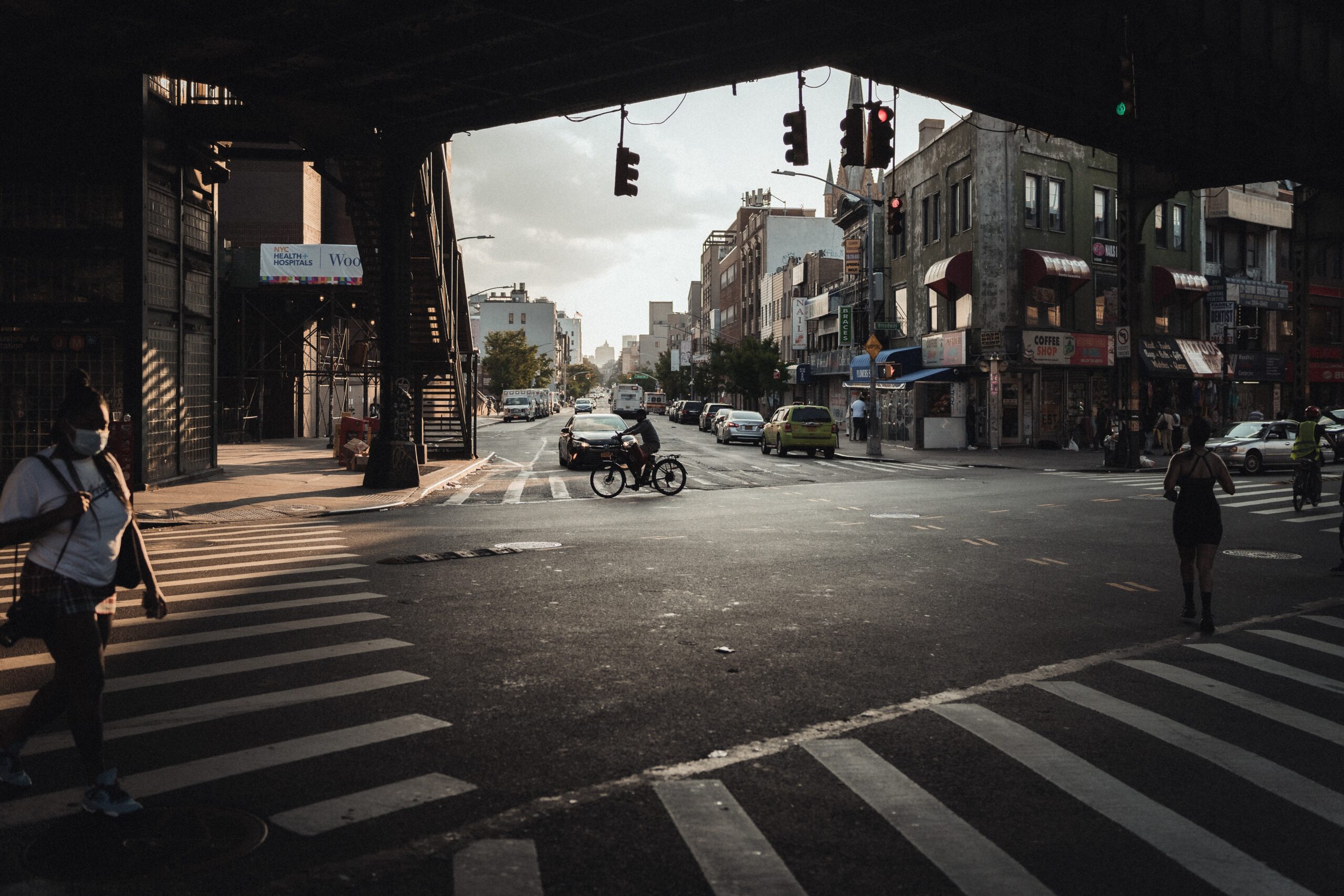
In March 2023, the White House announced its federal budget, including funding for a groundbreaking initiative: the Active Transportation Infrastructure Investment Program (ATIIP). The program is unlike anything the U.S. has supported in the past as it will provide matching funds to local and regional governments to create walking and biking infrastructure to connect people to critical locations such as public transportation, city centers, workplaces and schools. Reducing carbon emissions is crucial for the health of our planet, and initiatives like the ATIIP can help encourage sustainable modes of transportation and ultimately reduce our carbon footprint.
The ATIIP is a direct result of Connecting America’s Active Transportation System Act, and it marks a sharp prioritization by the federal government to promote projects which create infrastructure for safe commuting for pedestrians and cyclists.
With $60 million allocated to the ATIIP — $15 million more than initially planned late last year — the federal government is sending a message about the importance of investing in sustainable transportation options. It’s changing how the government views walkable and biking infrastructure, elevating it from being considered a secondary or tertiary mode of transportation compared to personal vehicles, to a potentially viable alternative. Local and regional demand for sustainable transportation methods that cut down on carbon emissions is already strong, and it will only be emboldened with strong federal alignment.
Although this is fantastic news and marks a new beginning for sustainable city planning, it’s important to recognize that historically, the U.S. has struggled to establish alternative means of transportation and pedestrian-friendly cities beyond a few public transportation networks in select metropolitan areas. The U.S. faces considerable challenges in changing course, and its initial round of funding raises questions about its commitment to achieving its goals.
Turning Luxury into Public Utility
New York City consistently ranks as the most walkable city in the US., and the MTA impressively shuttles around over a billion passengers each year. However, it’s important to note that only a fraction of the country’s population enjoys the benefits of a well-connected urban environment. Compared to New York City, many North American cities don’t have the same level of walkability or support similar levels of foot traffic according to the Foot Traffic Ahead 2023 report.
New York City was more primed to achieve this because of the proximity of critical locations to one another, compared to other cities or states in the United States. The actual distance traveled for work or leisure tends to be shorter in New York City compared to the rest of the country, which experiences suburban expansion that encourages car dependency. Projects funded by the ATIIP in these areas will face the challenge of having to connect people across greater distances than those found in denser communities. A bike lane or paved walk path will not have the same social or economic impact if it requires traveling more than five miles to reach any destination of significance and runs the risk of being underutilized.
Despite unwarranted controversies surrounding “15-minute cities,” real estate markets and consumers exhibit a preference for walkable urbanism and pay a premium for access. The benefits of an efficiently connected city are well documented but are often treated as luxury amenities only enjoyed by select neighborhoods rather than seen as a core thread in the fabric of building a community. Federal financial backing is a significant step in the right direction in changing that perception, but it’s only one piece of the solution.
Big Dreams, Small Pockets
The earliest version of Connecting America’s Active Transportation System Act initially called for $500 million in funding for the ATIIP, significantly more than what appeared in the final budget. Rails to Trails Conservancy, a public infrastructure advocacy organization, estimates that $200 million is required to maximize the impact of the program.
This shortfall in funding is a worrying sign and unfortunately puts the federal government’s commitment to create safe pedestrian spaces and sustainable transportation options in question. The challenge is compounded as higher interest rates have made borrowing more expensive and will affect the spending power of prospective applicants and the amount of those who are ultimately approved.
Looking towards cities like Paris and Amsterdam, which have made significant strides in creating more livable, sustainable urban environments, we have a picture of what a full investment may cost. For example, Paris invested over €150 million ($160 million) across 2015-2020 to double its number of cycling lanes and create the necessary infrastructure to promote cycling as a primary method of transportation across the city. Improving our cities will be a lengthy and costly process and our commitment cannot be a half measure.
If we are serious about reducing our carbon footprint and creating livable, sustainable communities, we must fully invest and commit to alternative transportation options. Further legislation and funding rounds will have to take place before it’s accomplished, but in the meantime, the program has equal parts potential and pressure to succeed.
Audrey Denis is Senior Strategy Manager at Cubic Transportation Systems (CTS).






